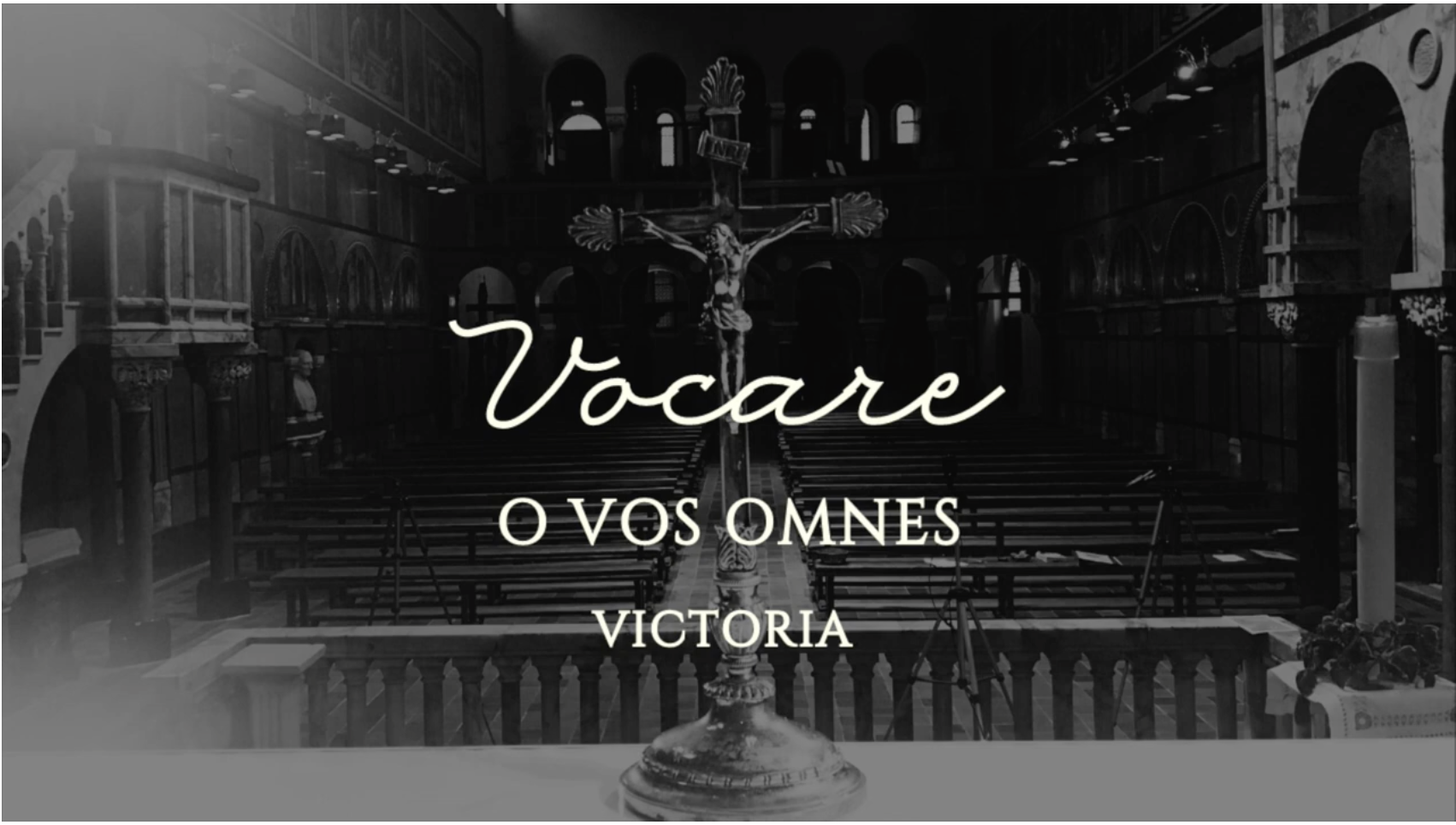A reader wrote in response to my last column that the “Republicans have been the pro-life party for about thirty years now; yet you write as if this is a recent, perhaps uncompleted, change in our politics. I wonder why.” This reader must not be aware of things I’ve written over the last thirty years, for it became evident to me by 1972 that my old party had become, as the saying went, the party of “acid, amnesty, and abortion.” On the very eve of Roe v. Wade, the shape of things to come was already getting clear. The right to abortion would become the defining orthodoxy in the Democratic Party, and pro-lifers would gravitate to the party of Henry Hyde and Ronald Reagan.
And yet every time a column of mine would touch even gently on that state of affairs, I would elicit moans of disbelief and protest by readers, refusing to credit the evidence plainly before their eyes. My latest column was meant to present some telling points of evidence yet again, made ever clearer in the recent election. We are well past the time when Catholics, professing to be serious about the “life issues,” should be in a state of delusion about that Democratic party in which so many of us had grown up.
It took the advent of George W. Bush to sign the bill on partial-birth abortion, passed earlier by a Republican Congress and vetoed by President Clinton. And Mr. Bush signed into law, in 2002, the bill I had some hand in shaping, the bill to cast the protections of the law on a child who survived abortion (the so-called Born-Alive Infants Protection Act). The Supreme Court, with John Roberts and Samuel Alito, would sustain the Partial-birth Abortion Act in 2007. By the last years of the Bush Administration, those three events put the levers in place for a pro-life president and Congress to bring us to the Endgame on abortion. But whether from a want of imagination or interest, Mr. Bush could not be stirred. And yet, it is possible now that, in the aftermath of the election, a House even more strongly pro-life in its governing majority could take the first steps on its own.

President Bush signs the Born-Alive Infants Protection Act in 2002
On the surface, there is an evident problem here for the pro-lifers. The dominant themes that carried this election were resistance to the political takeover of medicine, and to a government extending regulations and the claims of taxation to the point of spooking investors’ willingness to take risks and create jobs. If the Republicans in the House made grand sallies in the cause of discouraging and barring abortions, they will be readily accused of distracting themselves and forgetting why the voters, in a wave, put them back in control. But there need not be a conflict here. Those critical first steps toward the Endgame could still be taken while the party puts its main accent on repealing Obamacare and bringing under a jolting restraint a government grown incontinent in its spending and drive to control.
As a matter of high prudence and statecraft, it is very much in the interest of the pro-life cause to repeal Obamacare. This massive project not only portends the rationing of medical care, but it puts in the hands of an Administration fiercely pro-abortion many levers for promoting abortion with public funds and mandates. But the most useful measures that pro-lifers could support would fit in nicely with this sense of the political moment. For it would be quite apt now to have a new sounding of an old concern: In this time of severe financial straits, the federal government should not be spending the money of taxpayers on hospitals and clinics that house partial-birth abortions or the withholding of care from babies who survive abortions.
Taxpayers should not be forced to become accomplices in practices that 70 percent or more of the public find repugnant. Virtually all hospitals and clinics depend on federal funds and tax exemptions. The threat to remove that funding may be enough to induce many hospitals and clinics to steer a wider course and get away from the business of abortion altogether. And for Democrats the threat would deepen divisions among them. They know that if the “spending power” of Congress could be used in this way, Congress could act across the whole field of abortion. It could restrict abortions to the first weeks of pregnancy, bar abortions with the first signs of a beating heart, and take other steps that would lead to a dramatic scaling back in the “abortion liberty.”
Democrats could not help but resist. And yet they would have to resist on the worst terrain for them, defending the kinds of abortions that will not be defended even by people who call themselves “pro-choice.” Some Democrats may begin to wonder then why the party should remain so in thrall to the zealots on abortion that it keeps driving away so many of its old followers and paying a price that has become steeper with the passing years.
But apart from everything else, these moves would remind us that we need not wait for Roe v. Wade to be overruled by the Supreme Court. The political branches have levers at hand, and they, no less than the courts, bear the responsibility to act.















